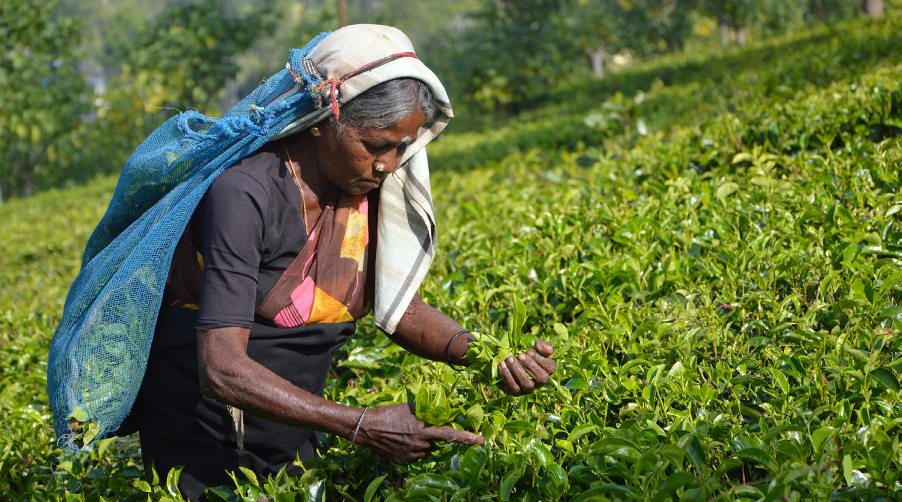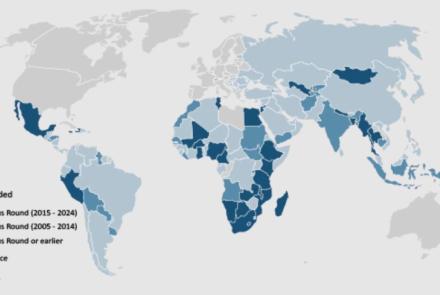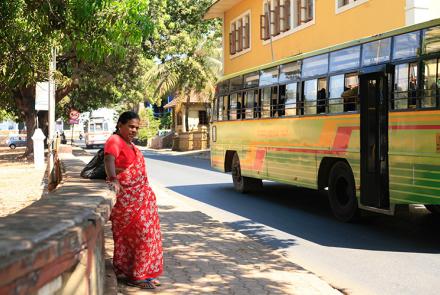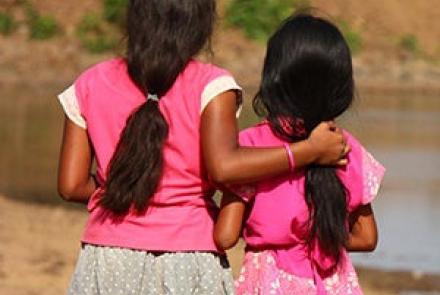HOW TO MEASURE WOMEN’S WORK? NEW INSIGHTS FROM SRI LANKA
Isis Gaddis, Senior Economist in the Gender Group of the World Bank and Amparo Palacios-López, Senior Economist in the Data Production and Methods Unit of the Development Data Group of the World Bank
Who was employed last week? Who worked last week? To the layman, these appear like straightforward, perhaps even obvious, questions, but measuring employment or work through household surveys is not that simple. This holds true especially for women in developing countries, who are often – and even more so than men – engaged in informal activities, such as microenterprises or small-scale farming (in addition to unpaid, domestic activities), which can fall through the cracks of traditional household surveys.
Labor Force Surveys (LFS) are specialized surveys that collect detailed data on all types of work, qualifications, training, etc. intended to produce national statistics on labor with in-depth work attributes. On the other hand, multitopic living standards household surveys (MLSS), such as the ones supported by the Living Standards Measurement Study (LSMS), measure a range of aspects of the living standards of individuals, not just labor. These surveys are intended to give a broader understanding of people’s living conditions, health, education, etc. and can be used to assess how these characteristics affect their employment status. They are also often the source for national poverty statistics. Because labor is only one of many topics on which data is collected in MLSS surveys, their labor modules tend to be much shorter than a full LFS.
The Women’s Work and Employment Partnership (WWEP) in Sri Lanka set out to study whether these different questionnaires result in different data on labor, especially for women. Between September 2018 and December 2019 the International Labor Organization (ILO), the World Bank and the Department of Census and Statistics (DCS) implemented a joint pilot study in three districts in Sri Lanka, namely Galle, Anuradhapura and Kurunegala. An important objective was to ensure that such surveys capture participation in all forms of employment and work, especially for women. A major component of the study was to assess what effects, if any, the type of survey used had on key labor market indicators. Two questionnaires, one designed as an LFS and the other one as an MLSS survey, were tested and the outcomes were compared.
In the first wave of data collection, the MLSS questionnaire captured less employment – with a gap of about 5.5 percentage points overall and 8.1 percentage points for women in the employment-to-population ratio. For men the gap was much smaller – only 2.4 percentage points. The analysis showed that measurement of women’s work is highly sensitive to the questionnaire design, as the LFS captured a higher participation of women in employment and own-use production work (casual and informal working activities, mostly without pay and with shorter working hours) than the MLSS. While several factors may have contributed to this divergence, the analysis suggested that the LFS did a better job at probing for small/casual jobs – by asking repeatedly, and in slightly different ways, about engagement in such activities.
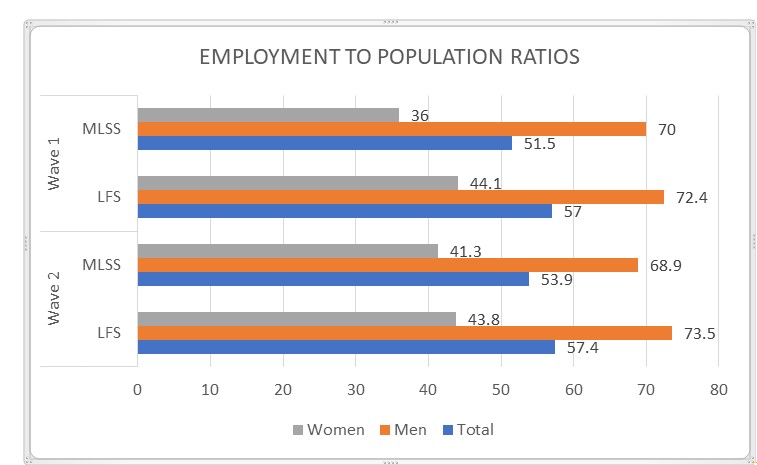
Wave 2 of the study in Sri Lanka addressed this divergence by adding more specific questions (e.g. a question on contributing family workers in agriculture, ‘recovery questions’ for small/casual jobs, etc.) to the MLSS labor module. As a result of these (and a few other) changes, the two surveys produced much more comparable estimates, with the MLSS now only reporting a 2.5 percentage points lower employment-to-population ratio (both overall and for women) than the LFS.
The revisions that were piloted in Sri Lanka will be incorporated into LSMS model labor questionnaires, which will be used in a variety of countries and inform the upcoming guidelines on labor modules in multi-topic household surveys. This will ensure a more accurate and more consistent capture of women’s participation in all forms of work and provide policy makers with the data necessary to inform public policies and programs. For more information, please check out our project website.
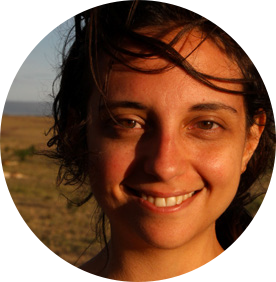
Isis Gaddis is a Senior Economist in the World Bank’s Gender Group. She was previously based in Dar es Salaam, Tanzania. Isis was a member of the core team for the Word Bank’s 2018 Poverty and Shared Prosperity report and coauthored the 2016 regional study, Poverty in a Rising Africa. Her main research interest is empirical microeconomics, with a focus on the measurement and analysis of poverty and inequality, gender, labor, and public service delivery. She holds a doctorate in economics from the University of Göttingen, where she was a member of the development economics research group from 2006 to 2012.
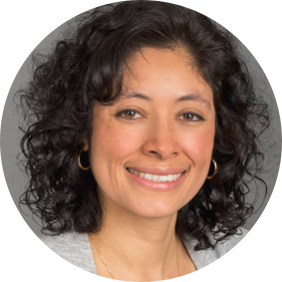
Amparo Palacios-López is a Senior Economist in the Data Production and Methods Unit of the Development Data Group of the World Bank. Her primary area of research is development, with a focus on labor, gender, and welfare. As a member of the Living Standards Measurement Study team, she supports surveys in several countries of Sub-Saharan Africa and has led the design of the questionnaires used in surveys in Latin America, Asia and the Middle East. She conducts research on survey methods, focusing on labor and agriculture, the recent focus of her methodological research has been on labor and gender working jointly with the Gender Group of the World Bank and the International Labor Organization. She is part of the team of coordinators of the Household Survey Working Group and its Technical Review Panel. She has a Ph.D. in Agriculture and Resource Economics from the University of Maryland, College Park, and holds both an M.A. in Economics from the Pontificia Universidad Católica de Chile and an M.S. in Agriculture and Resource Economics from the University of Maryland, College Park.
Photo by Asantha Abeysooriya on Unsplash
- Log in to post comments

